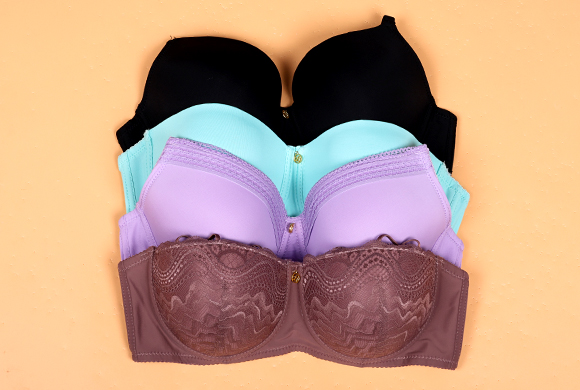As women, we might give importance to the size and shape of the lingerie we wear. But we don’t have the time or patience to observe the seams on our bras and panties. Those interested in tailoring might notice the stitched seams on their lingerie. So we have come up with this blog on the types of lingerie seams with pictures. By understanding the various patterns of seams, you can choose bras and panties that have your preferred seams. After all, seams enhance the shape of the lingerie you wear. So come on! Let’s dig deeper into the different types!
Check out the Different Types of Seams
Here are the different patterns of seams you can see in your lingerie. You will find some of them in bras and others in panties. Go ahead and take a look!
1. Zig Zag Seam
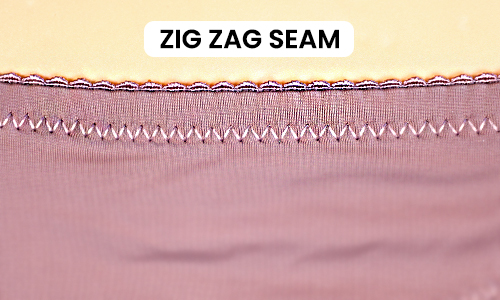
It is the most commonly used pattern in lingerie. Foam pads in a padded bra are stitched with zig-zag seams. In addition to bra seams, you might have also noticed some panties having zig-zag seams on their elasticated waistbands and leg openings.
2. Three-Point Zig-Zag
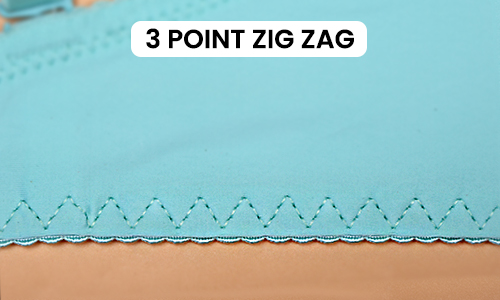
This is just like a zig-zag seam, but there are 3 stitches in place of a single stitch. It has the same purpose as a zig-zag seam but provides better support wherever needed, especially in a bra band, armhole, or panty waistband.
3. Overlock Seam
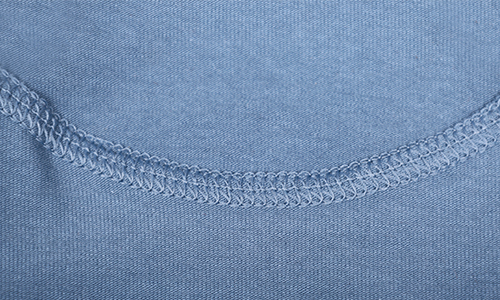
You will find an overlock seam on the edges of some lingerie or outfits. Tailors generally design it using “serger machines” for fine finishing. You can see many interlacing stitches in an overlock seam.
4. Cover Stitch
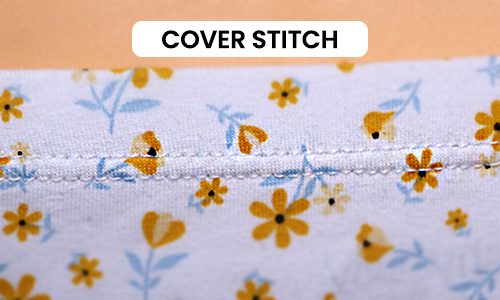
This resembles an overlock seam on the inside and 2/3 sets of plain stitches on the outside of the fabric. Cover stitches are most commonly used on elasticated lingerie hemlines.
5. Babylock Seam
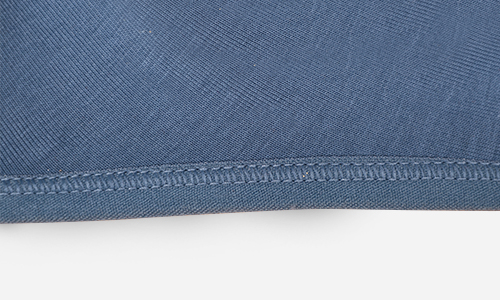
This is just another form of overlock seam. As the name suggests, the stitches in a babylock seam are smaller compared to an overlock. Babylock seams are used for hemming lightweight and delicate lingerie.
6. Bartack Seam
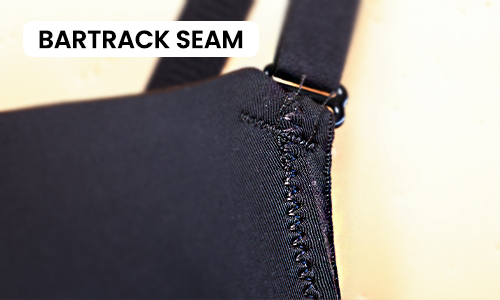
The bartack seam is more expensive than the other types because it’s very intricate and highly time-consuming. It is used to seal underwire casings in bras and rigid frame-like structures like corsets. Bartack seams are stitched very closely and are difficult to undo. A bartack seam is also used at the bra apex to join the strap with the cups to give maximum reinforcement.
7. French Seam
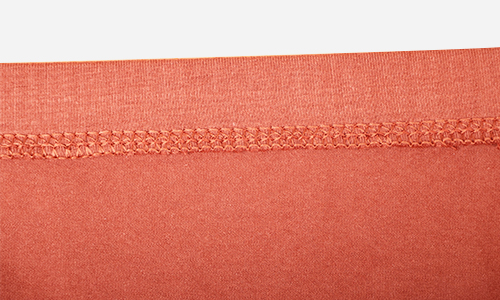
Designers typically use the French seam on non-stretchable fabric to close raw edges and give it a neat look. French seams also protect the fabric from fraying away. They give a beautiful, clean finish to your lingerie.
8. Flatlocked or Butted Seam
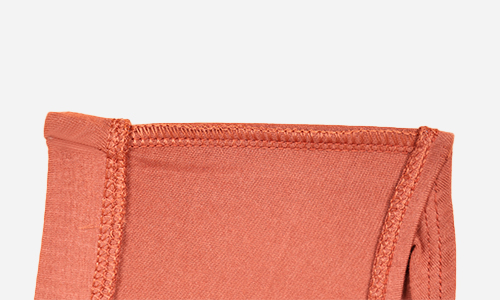
Designers attach two parts of fabric by bringing the edges adjacent to each other rather than layering them. Butted seams are ideal for sports undergarments, where many parts must be stitched together to create a frame-like fit and support without adding bulk.
9. Taped Seam
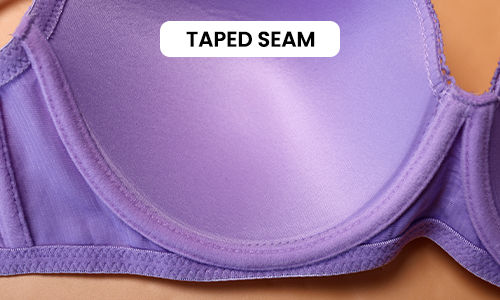
A tape of fabric or elastic is stitched along the raw edges of another fabric, just like a casing. Taped seams can be seen along the sides of a balconette bra for reinforcement.
10. Bonded/Heat Sealed Seam
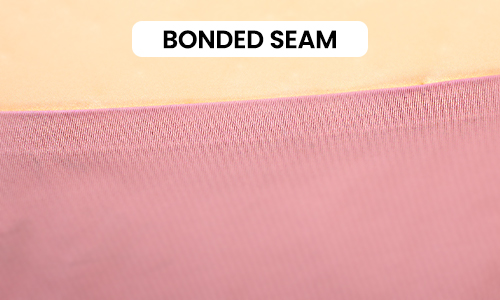
Designers mainly use a bonded seam at the hemlines to secure raw edges. This technique is highly functional and creates an invisible hemline. They fold the hemline with very thin double-sided adhesive tape inside and weld it together using heat. You can find such bonded stitches in underwear seams.
11. Welt Seam
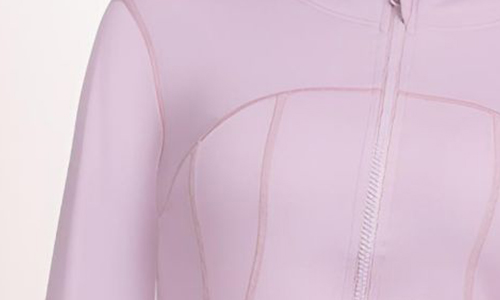
Used mainly in leather lingerie, a welt seam gives a neat look on both sides of fabric without adding bulk. The seams go on the inner side of the fabric leaving a smooth finish on the outside.
12. Flat-Felled Seam
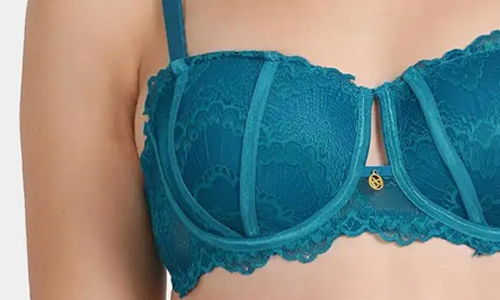
It’s both a functional and decorative seam, mainly seen in balconette bras. While designing a flat-felled seam, you can add any frills or lace embellishments as per your wish.
13. Piped Seam
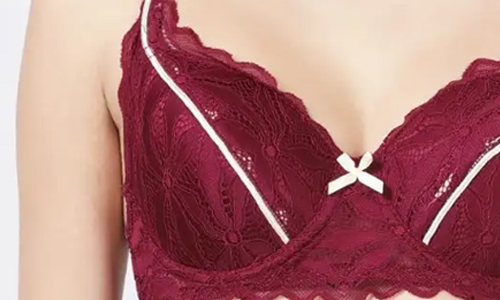
Designers mainly use piped seams for decorative purposes. In a piped seam, they insert a piece of folded fabric into the seam to create smooth outer edges. They mostly use a contrast-coloured cross-grain fabric strip to design the piped seam.
I hope you liked our blog on the types of lingerie seams with pictures. Knowing about these interesting lingerie facts will surely help you know your lingerie better!

